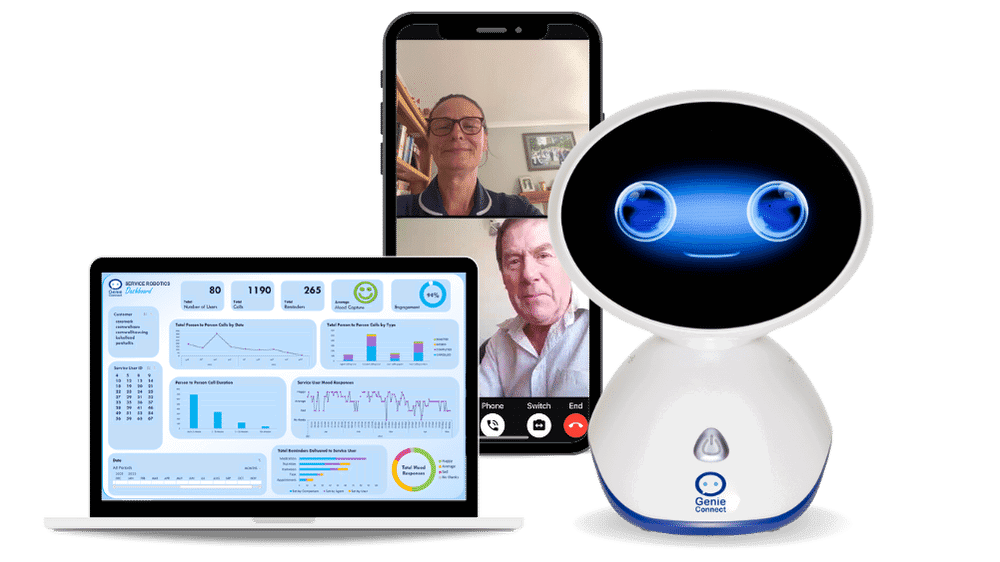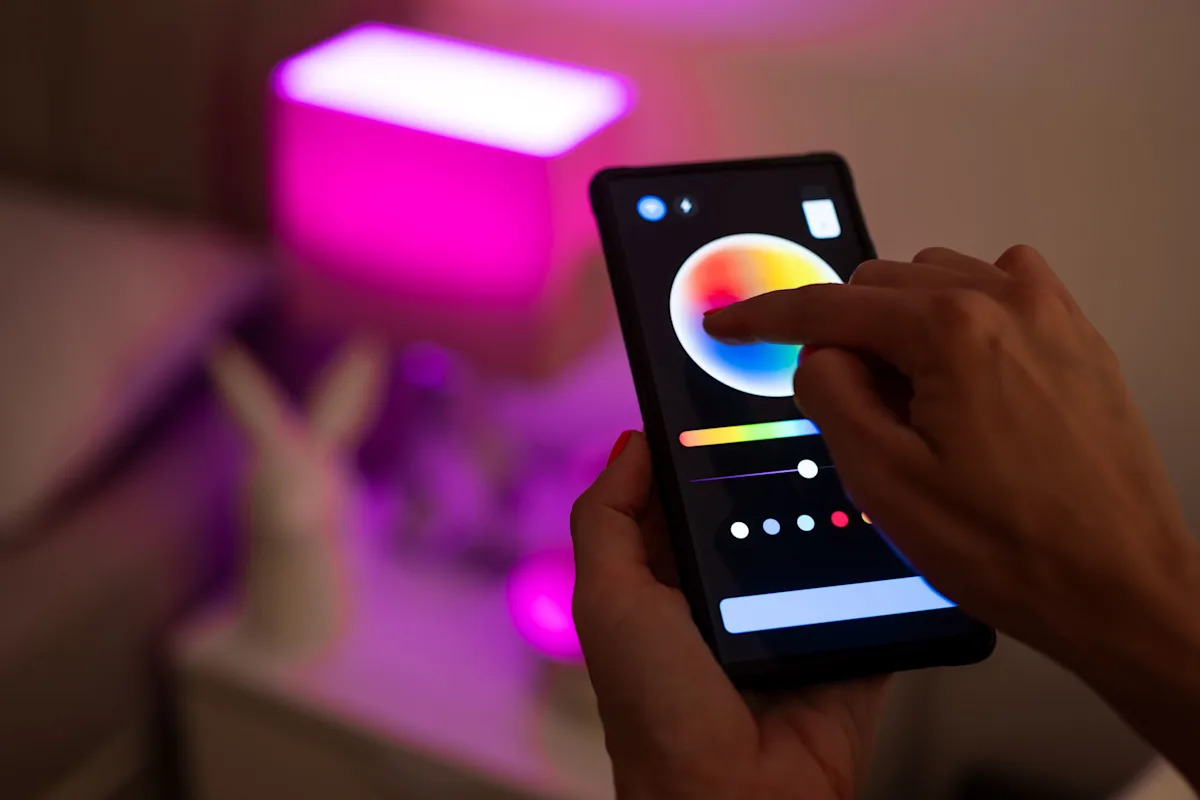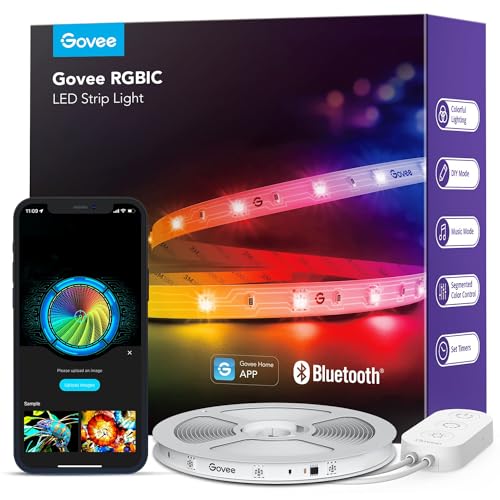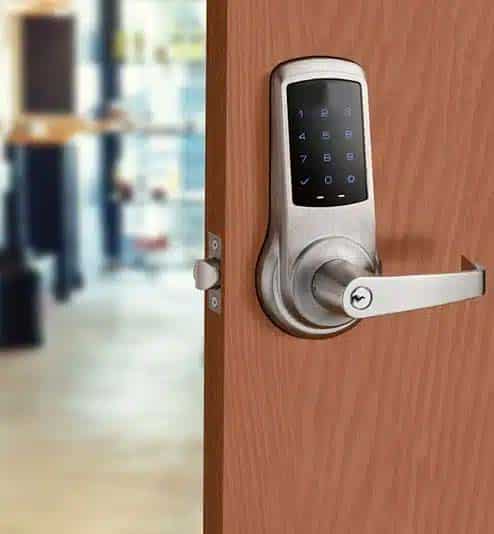Imagine a home that understands your needs before you even ask. A place where technology works quietly in the background, making everyday tasks easier and giving you more independence.
If you or someone you care about faces challenges due to a disability, a smart home can be a game-changer. It’s not just about gadgets—it’s about creating a safe, comfortable space tailored exactly to your lifestyle. Ready to discover how smart home solutions can transform your daily life and bring peace of mind?
Keep reading to find out how simple changes can make a big difference for you.
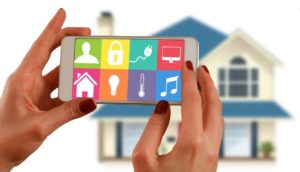
Credit: www.research.colostate.edu
Benefits Of Smart Homes For Disability Support
Smart homes help people with disabilities live more independently. They use technology to make daily tasks easier and safer.
These homes have devices that can be controlled by voice, apps, or sensors. They improve comfort and reduce the need for help.
Improving Daily Living Activities
Smart homes help with tasks like turning lights on and off. They also control doors, windows, and appliances.
People with disabilities can use voice commands or simple apps to manage these tasks. This support makes daily life easier.
- Voice-activated lighting and appliances
- Automated door locks and window controls
- Smart thermostats for easy temperature control
- Remote control of household devices
Enhancing Safety And Security
Smart home devices increase safety for people with disabilities. Sensors can detect smoke, gas leaks, or falls.
Security cameras and alarms can be controlled remotely. This helps users feel safe and alerts caregivers if needed.
- Smoke and gas detectors with alerts
- Fall detection sensors
- Remote monitoring with security cameras
- Automated alarm systems
Promoting Social Connectivity
Smart homes support social interaction for people with disabilities. They connect easily to phones and video calls.
Users can stay in touch with family and friends. This reduces feelings of isolation and improves mental health.
- Easy access to video calls and messaging
- Voice assistants to send messages or make calls
- Smart displays for visual communication
- Integration with social media apps
Key Smart Home Technologies
Smart home technologies help people with disabilities live more independently. These tools make daily tasks easier and safer.
Many devices use automation and voice control to support users in their homes. These solutions improve comfort and accessibility.
Voice-controlled Assistants
Voice-controlled assistants respond to spoken commands. They help users control devices without using their hands.
These assistants can answer questions, set reminders, and control smart home systems. They support people with limited mobility or vision.
Automated Lighting And Climate Control
Automated lighting adjusts brightness and color based on needs. It can turn lights on or off automatically.
Climate control systems keep the home comfortable by managing heating and cooling. They can learn user preferences and adjust settings.
- Lights turn on when someone enters a room
- Temperature adjusts for comfort and health
- Systems can be controlled remotely or by voice
Smart Door Locks And Security Systems
Smart door locks allow keyless entry using codes or smartphones. They help users avoid handling physical keys.
Security systems include cameras and alarms that can be controlled remotely. They increase safety for people with disabilities.
- Lock doors with voice commands or apps
- Receive alerts about home activity
- Monitor visitors with video cameras
Adaptive Appliances And Devices
Adaptive appliances have features designed for easier use. They include larger buttons, voice control, or automatic functions.
Examples are smart stoves that turn off automatically and refrigerators with adjustable shelves. These devices help people complete daily tasks safely.
- Smart ovens with voice alerts
- Refrigerators with easy access features
- Robotic vacuum cleaners controlled by apps
Customization For Different Disabilities
Smart homes can help people with disabilities live more comfortably. Customizing smart devices makes daily tasks easier.
Each disability needs different smart home solutions. Adjusting features helps users control their environment better.
Mobility Impairments
People with mobility issues may have trouble using switches or reaching devices. Smart homes offer voice control and automated systems.
Devices can be set to respond to voice commands or smartphone apps. This reduces the need to move around the house.
- Voice-controlled lights and appliances
- Automated door locks and window shades
- Smart wheelchairs connected to home systems
- Remote control for heating and cooling
Visual And Hearing Impairments
Smart homes can help people who are blind or deaf by using sound, light, or vibrations. Custom alerts keep users aware of their surroundings.
Devices can convert sounds to visual signals or use braille displays. Loud alarms or flashing lights can replace sounds for deaf users.
- Visual doorbells with flashing lights
- Voice assistants with speech-to-text features
- Smart TVs with closed captions
- Vibration alerts for phones and alarms
Cognitive Disabilities
People with memory or attention challenges benefit from reminders and simple controls. Smart homes can guide users through daily tasks.
Settings can be adjusted to reduce confusion and create routines. Devices can give step-by-step voice instructions.
- Automated medication reminders
- Simple voice commands with easy responses
- Timed lighting to support daily routines
- Alerts for opened doors or windows
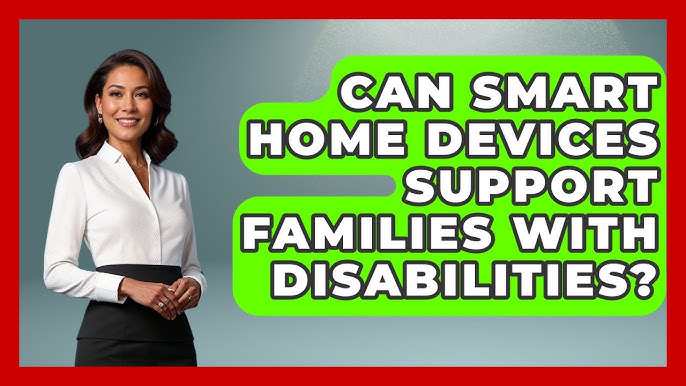
Credit: www.youtube.com
Challenges And Considerations
Smart home technology can help people with disabilities live more independently. It offers control over lights, doors, and appliances. Yet, there are challenges to using these devices well.
It is important to think about cost, privacy, and support. These factors affect how useful smart homes are for disability support.
Affordability And Accessibility
Smart home devices can be expensive for many people. High prices make it hard for some to get the technology they need.
Accessibility means devices should be easy to use by people with different disabilities. Some devices may not work well for all users.
- Cost of devices and installation may be high
- Some controls are not designed for all disabilities
- Need for simple and clear user interfaces
- Options for voice, touch, or switch control
Privacy And Data Security
Smart home devices collect personal data to work properly. This data must be kept safe from hackers and misuse.
People with disabilities may share sensitive information. Protecting their privacy is very important.
- Use strong passwords and update devices regularly
- Choose devices with good security features
- Understand what data the devices collect
- Control who can access your smart home system
Technical Support And Maintenance
Smart home systems need regular updates and fixes. Technical problems can make devices stop working properly.
People with disabilities may need extra help to maintain and use these systems. Easy access to support is essential.
- Access to quick and clear technical help
- Simple instructions for troubleshooting
- Regular software updates for better performance
- Options for remote assistance when needed
Future Trends In Smart Home Disability Support
Smart homes help people with disabilities live more independently. New technologies will make these homes even smarter and easier to use.
Future trends focus on making homes more responsive to individual needs. These advances will improve safety, comfort, and daily living.
Ai And Machine Learning Integration
AI can learn a person’s habits and adjust the home automatically. It can detect emergencies and send alerts right away.
Machine learning helps devices get better over time. This creates a more personal and helpful environment for users.
- Automatic lighting and temperature control
- Voice commands tailored to user preferences
- Predictive assistance for daily tasks
- Emergency detection and response
Wearable Technology
Wearable devices connect with smart homes to offer more support. They track health and send data to the home system.
These devices can help with movement, reminders, and communication. They add extra safety and convenience for users.
- Health monitoring like heart rate and oxygen levels
- Fall detection and alerts
- Remote control of home devices
- Voice and gesture recognition
Smart Home Ecosystem Expansion
Smart homes will connect more devices for smooth interaction. This ecosystem allows users to control many functions from one place.
Expansion means better compatibility and easier setup. It helps people with disabilities use technology without hassle.
- Integration of appliances, lights, and security systems
- Central hubs that manage all smart devices
- Improved user interfaces for accessibility
- Cloud-based updates and support

Credit: www.carersuk.org
Frequently Asked Questions
What Is A Smart Home For Disability Support?
A smart home for disability support uses technology to assist daily living. It improves independence and safety for people with disabilities. Devices like voice-activated assistants and automated systems help manage tasks efficiently.
How Do Smart Homes Improve Accessibility?
Smart homes enhance accessibility by automating tasks and controlling devices remotely. They reduce physical barriers, allowing easier control of lights, doors, and appliances. This creates a safer and more convenient living environment for people with disabilities.
What Are Key Smart Devices For Disability Support?
Key devices include voice-controlled assistants, smart lighting, automated doors, and health monitoring sensors. These devices help with communication, mobility, and emergency alerts. They promote autonomy and improve quality of life for users.
Can Smart Homes Reduce Caregiver Burden?
Yes, smart homes reduce caregiver burden by enabling remote monitoring and automated assistance. They allow caregivers to respond promptly and provide support without constant physical presence. This leads to better care and less stress.
Conclusion
Smart home technology offers valuable support for individuals with disabilities. It simplifies daily tasks. Enhances independence. Improves quality of life. Devices like smart lights and voice assistants make living easier. Customizing these tools fits personal needs best. Accessibility becomes more achievable with smart home features.
Families and caregivers benefit, too. They gain peace of mind and better communication. Embracing these technologies paves the way for a more inclusive world. A supportive home environment makes a big difference. Consider integrating smart home solutions for a more comfortable living experience.
15 min read

